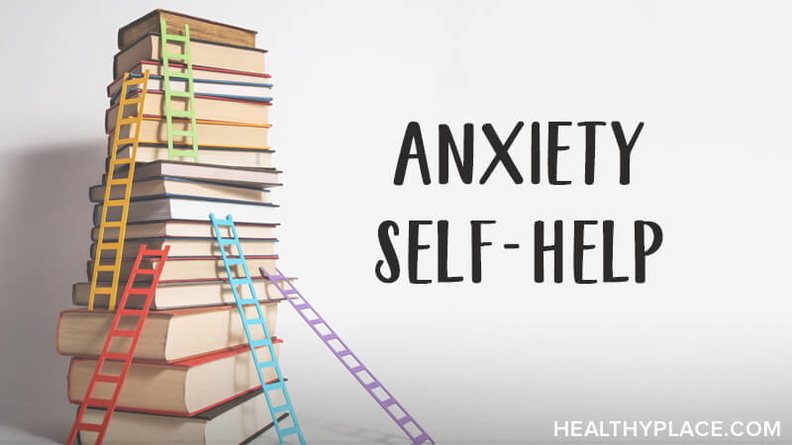The Connection Between PTSD and Panic Attacks

Posttraumatic stress disorder's panic attacks are scary--literally. Characterized by feelings of extreme fear and anxiety,1 many people with posttraumatic stress disorder (PTSD) experience the sweaty palms, racing heartbeat, and rapid breathing that comes with panic attacks.
Panic attacks are described by Mayo Clinic as "a sudden episode of intense fear that triggers severe physical reactions when there is no real danger or apparent cause."2 For me, that definition is the perfect description of what I feel during a panic attack.
How My PTSD-Related Panic Attacks Developed
I started getting panic attacks right at the onset of my PTSD at age 16. Because of my abusive household, I suffered from extreme anxiety as a teenager, making the escalation from anxiety to panic a rather small step.
I didn't realize what panic attacks were until I read about them in a novel a couple of years later. The main character suffered from one during a visit to her friend's home, sprinting out into the street and running as if her life depended on it. While I don't run away during my attacks like the character did, I've always felt a strong urge to sprint until my legs gave out.
Going through a panic attack can be frustrating. Experiencing such intense fear without a logical reason to feel it makes me feel weak, even though I know it's just a result of my trauma. They come about very suddenly and they make me feel like I've run a marathon. They're exhausting both physically and emotionally.
How to Treat a PTSD Panic Attack
I've found that PTSD panic attacks can be difficult to treat. I've been prescribed anxiety medications I can use when I get one, but they take a while to activate. They also make me drowsy, which isn't ideal for my active lifestyle. The only time I'm able to medicate a panic attack is when I'm already at home.
If I focus on using deep breathing exercises right as a panic attack starts, I can sometimes calm myself down. Once an attack escalates, however, it's difficult to focus on my coping skills, especially when I'm at work or in a public place.
Here I talk more about how to calm down during a PTSD-related panic attack.
While I'm still learning how to manage my panic attacks, I have found ways to circumvent them when they are related to a specific topic. For example, I've been experiencing panic attacks the past couple of weeks over my upcoming boxing match. Obsessively thinking about my opponent and all the different ways she could hurt me in the ring was giving me extreme anxiety so I had to force myself to stop thinking about it. When I stress over future events or plans, it helps to take a step back and focus on trusting myself to get through it all, no matter how hard it gets.
Panic attacks are built around fear, and learning how to control them makes you a stronger person overall. It may not be easy, but finding the right treatment path for your PTSD panic attacks is possible.
Sources
- Goldberg, J., Anxiety and Panic. WebMD, May 2018.
- Mayo Clinic, Panic Attacks and Panic Disorder. May 2018.
APA Reference
Avery, B.
(2019, September 2). The Connection Between PTSD and Panic Attacks, HealthyPlace. Retrieved
on 2025, April 17 from https://www.healthyplace.com/blogs/traumaptsdblog/2019/9/the-connection-between-ptsd-and-panic-attacks